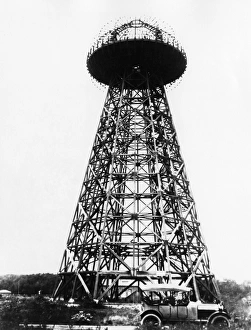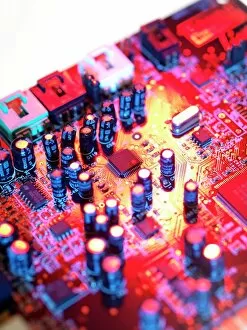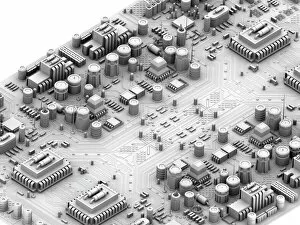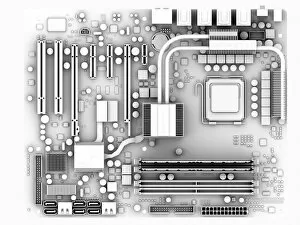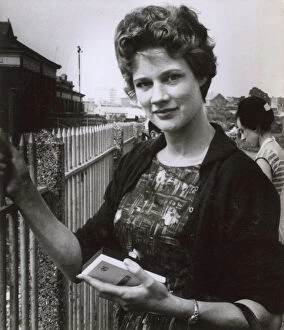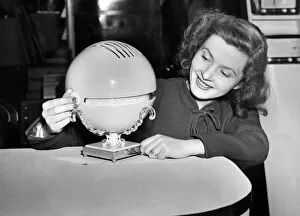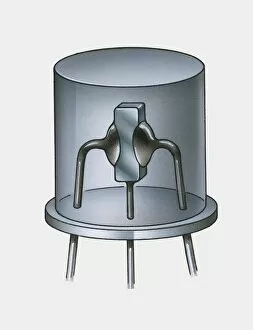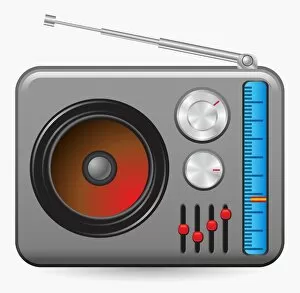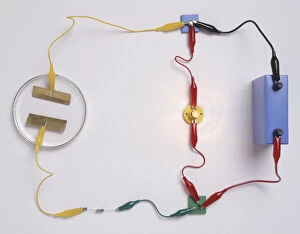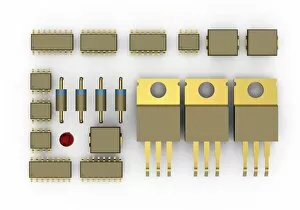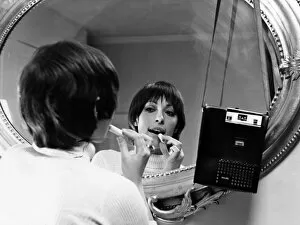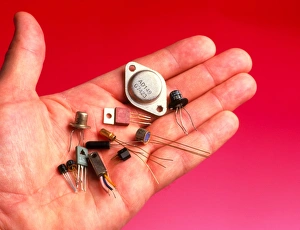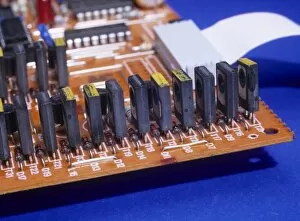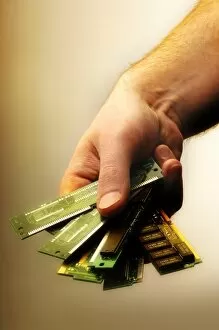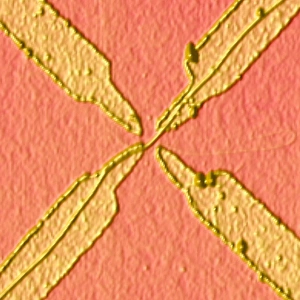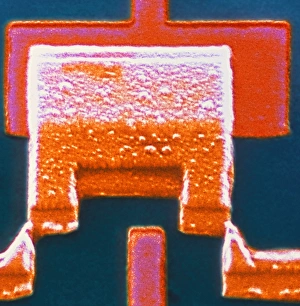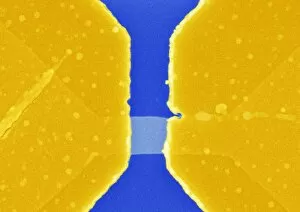Transistor Collection
The transistor, a revolutionary invention in the field of electronics, has transformed the way we live and communicate
All Professionally Made to Order for Quick Shipping
The transistor, a revolutionary invention in the field of electronics, has transformed the way we live and communicate. Represented by standard electrical circuit symbols on a circuit board, this tiny device holds immense power. Just like Nikola Tesla's Wardenclyffe Tower from 1910 aimed to transmit wireless signals, transistors enable seamless connectivity. From artwork depicting circuit boards to vintage radios like the Radio Corporation of America Miniature Transistor or the iconic Philips portable transistor radio held by a pretty girl in the 1960s, these devices have become an integral part of our lives. They have enabled us to listen to music on-the-go or stay updated with news and entertainment. Not limited to just radios, transistors found their way into various applications over time. In medical centers like Hendon's Medical Centre, they played a crucial role in enhancing patient care and diagnostics. They also paved the way for advancements in computing technology as seen in computer motherboards depicted through artwork. Dating back to its early days, models such as the Transistor Model 1951 or Miniature M-1 Transistors from 1956 showcased how this innovation evolved rapidly. With each iteration came improved performance and smaller sizes that made them more accessible and versatile. Whether it is a young woman cooking in her kitchen while listening to music through her transistor radio or engineers working tirelessly behind intricate circuits using these components – transistors continue to shape our world today. Their impact cannot be overstated as they remain at the heart of countless electronic devices we rely on daily.

